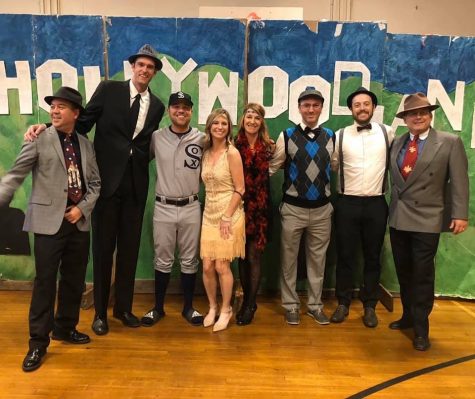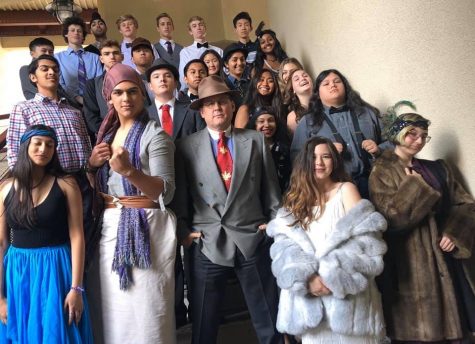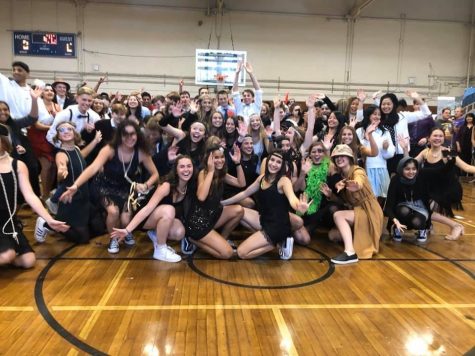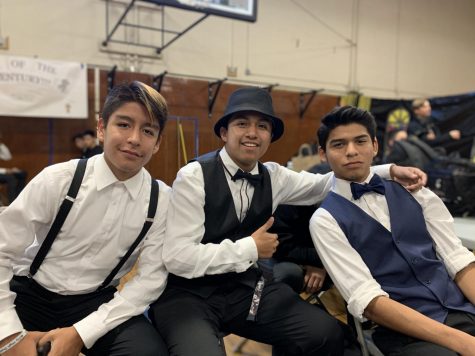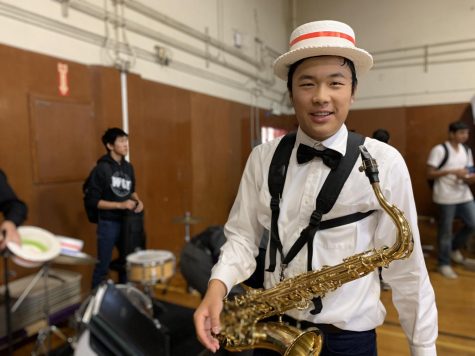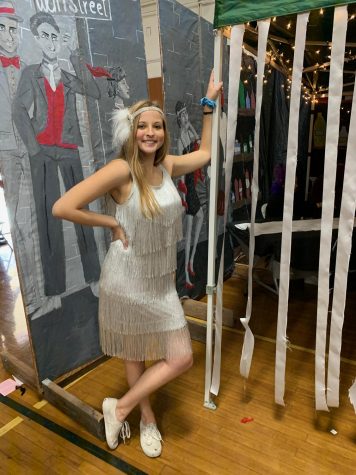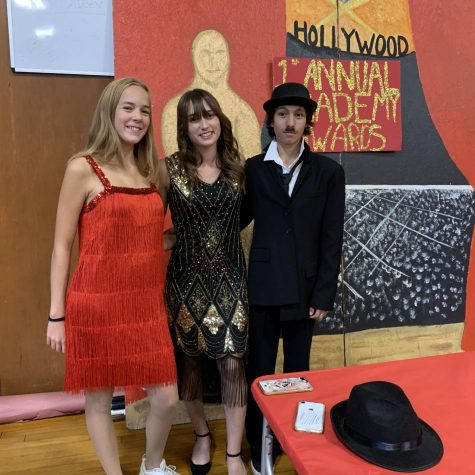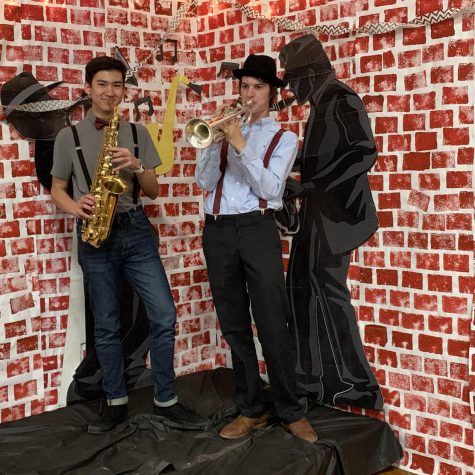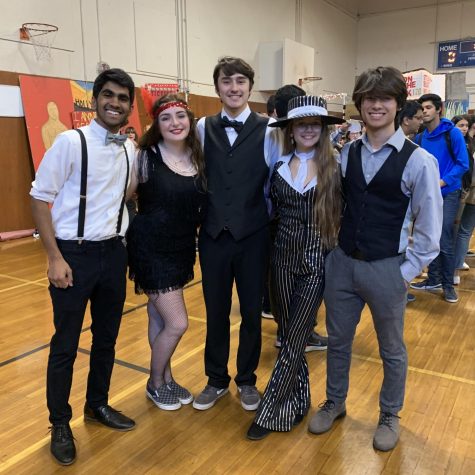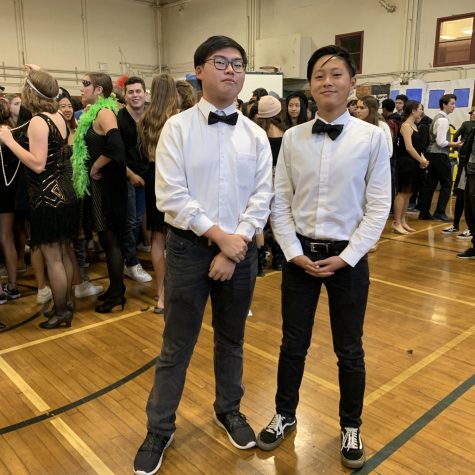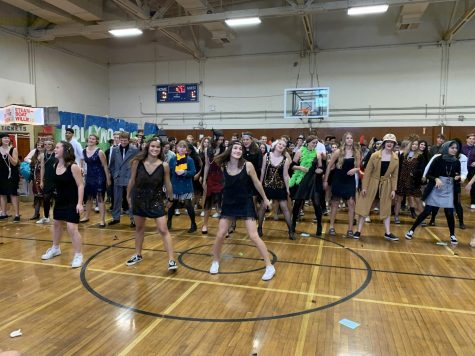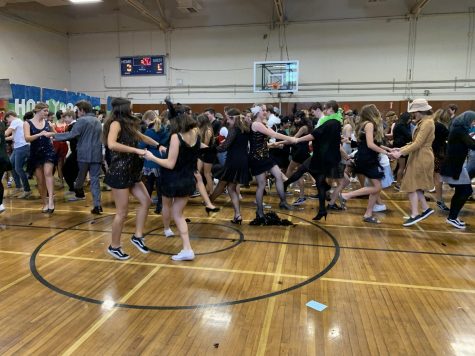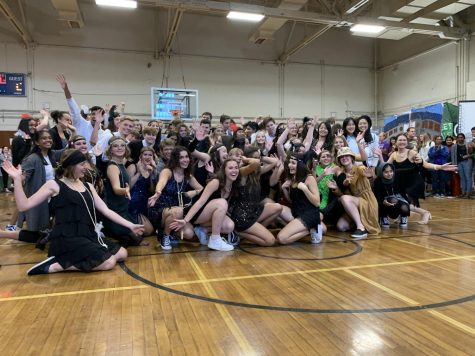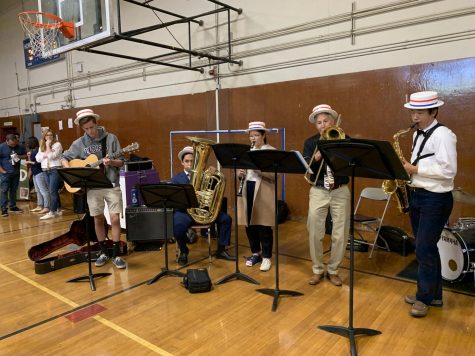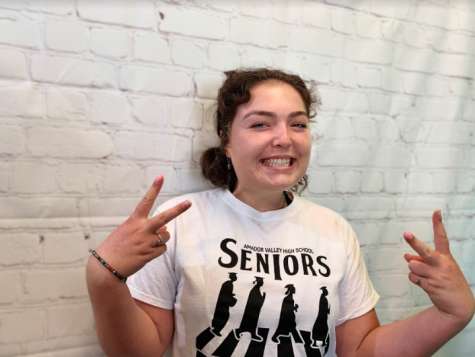The Junior class experiences the “Roaring 20s” during 1920s Day
November 25, 2019
1920s Day here at Amador is a celebration of the Roaring 20s hosted by the Junior history classes. 1920s Day at Amador has been an ongoing tradition for the Junior class for many years now and many teachers have been able to participate in the tradition throughout their time at Amador. Each teacher’s classes represent a different city in America so that the students can experience multiple 1920s cultures throughout the day.
“1920s Day has been going on as long as I’ve been here and I’ve been here for 16 years and I know that it has a long-standing tradition in the history department and at this school,” said U.S. History teacher Jill Battilega
1920s Day includes the setting up of unique sets of different cities representing the 1920s culture as well as fantastic food, costumes and decorations all produced by the Junior class. The majority of students also perform the Charleston, which was a popular mainstream dance during the 1920s era.
Students put weeks of practice into practicing the Charleston in order to perform it perfectly on 1920s Day. Dance practices occurred every Tuesday, Wednesday, and Thursday before the event and lasted usually about 15 minutes for students to practice.
“This is my first time doing the Charleston dance but it’s been fun because I’ve had friends to do it with me. A lot of my friends also dressed up as flappers to celebrate the special day, but since I am apart of a group of students who are actually acting inside the small gym, so I have to dress like my character,” said Danielle Caccamo (‘21).
Each teacher and all of the students involved in setup put in a ton of effort and every year to make the 1920s traditional as phenomenal as the previous years. It requires a couple of weeks before to design all of the sets, put detail into them, and put them together for the junior class to enjoy on 20s Day.
1920s Day is not only a great way for teachers to promote the material learned in the classroom, but the classes also get to become closer while spending time with their friends and interacting with the material. This interactive learning allows students to have fun while still learning the U.S. History curriculum.
“It definitely makes it a lot more fun to learn about the topic because you really get to see the social changes that were going on around that time and it’s just really fun to do the dance and try to immerse myself in as much culture as I can,” said Caccamo.
With all the stress that Junior year brings, the Amador U.S. History teachers look for ways to relieve their students’ stress by supplying them with a day of fun in order to bring the entire class together.
“I think the reason the team continues to support 1920s Day is because it is important to us to get the entire junior class together as many times as possible to do something fun, especially junior year where there’s a lot of rigor, and its important to have some spirit and to do something special as a junior class,” said Battilega.
Overall, 1920s Day continues to be a longstanding tradition at Amador not only because of the fun and educational learning it supplies the students but also because of the sense of community it brings to the entire junior class.

